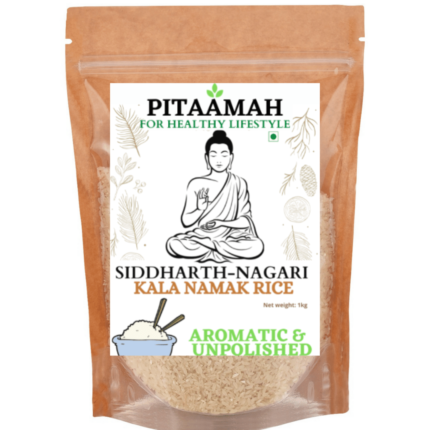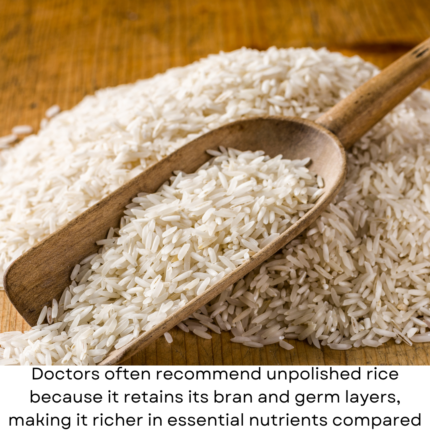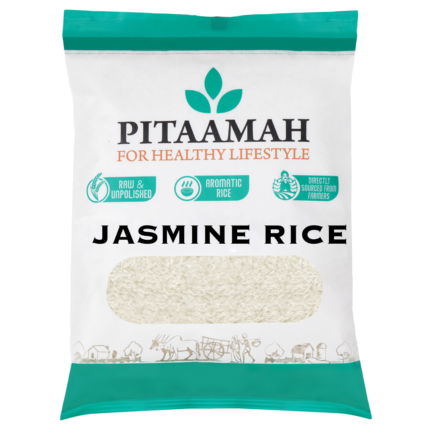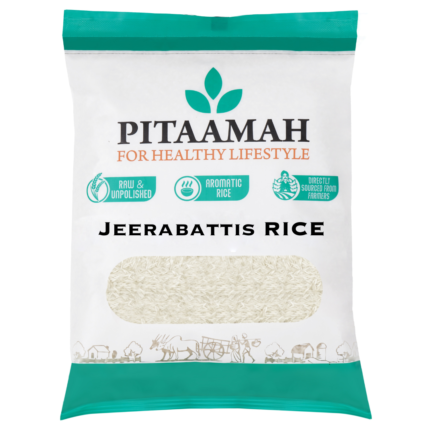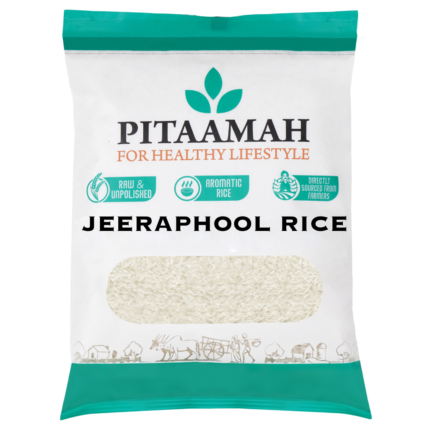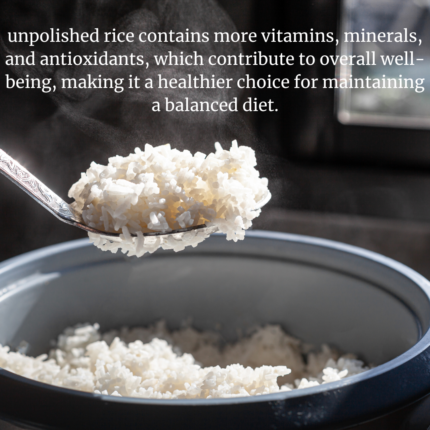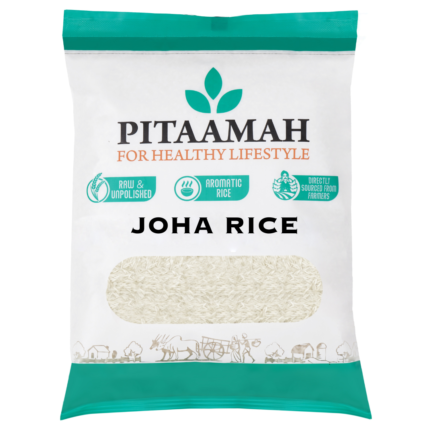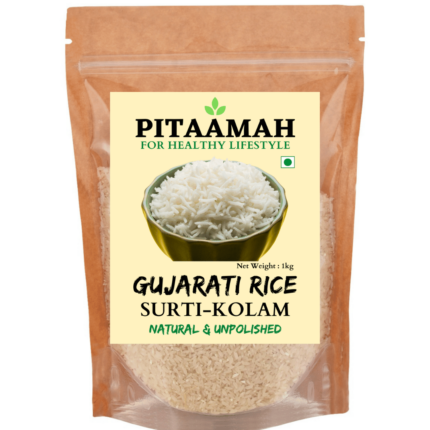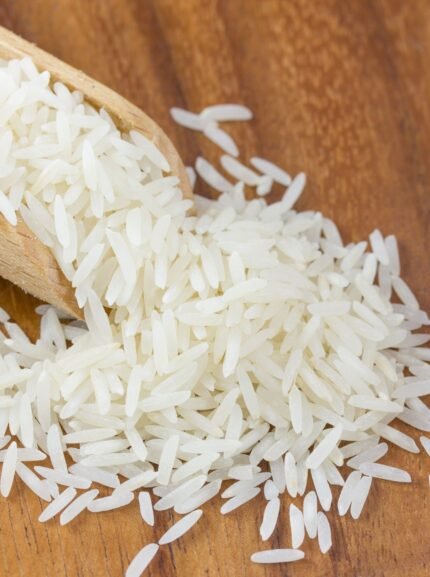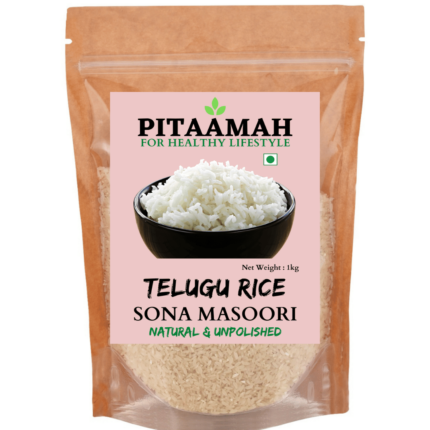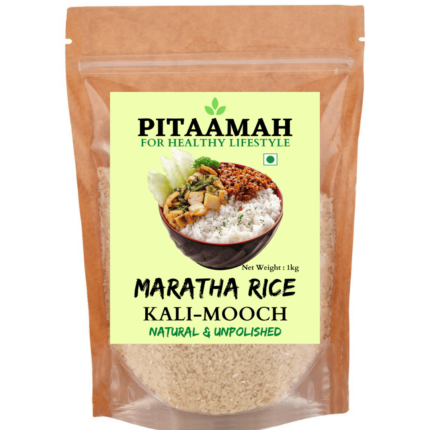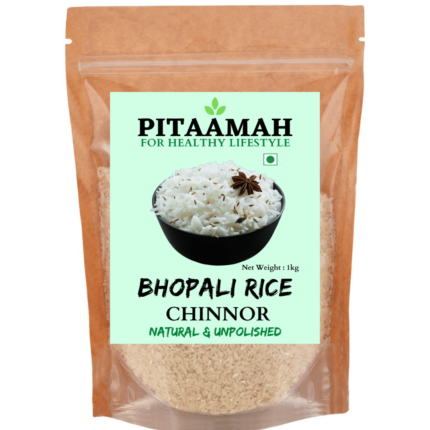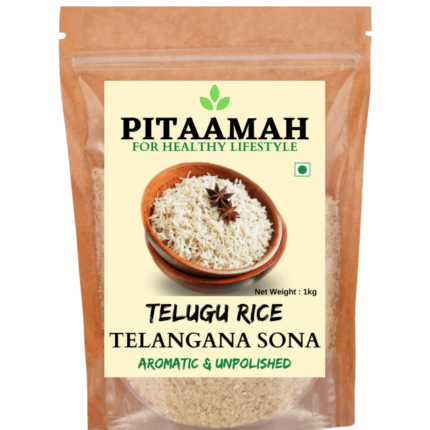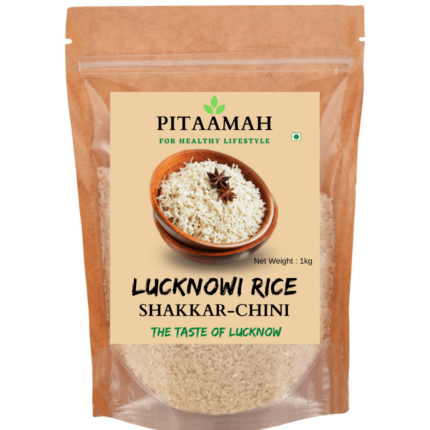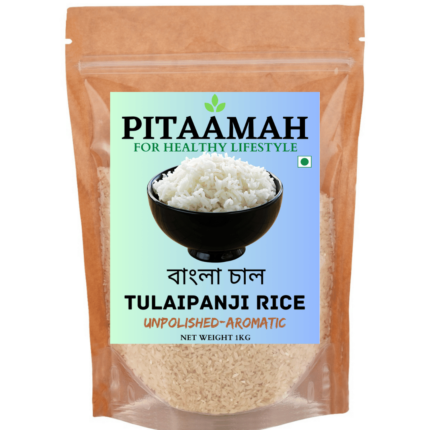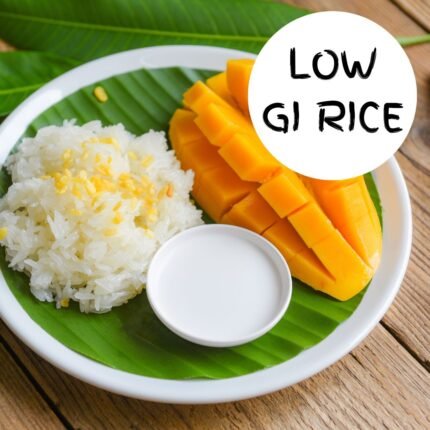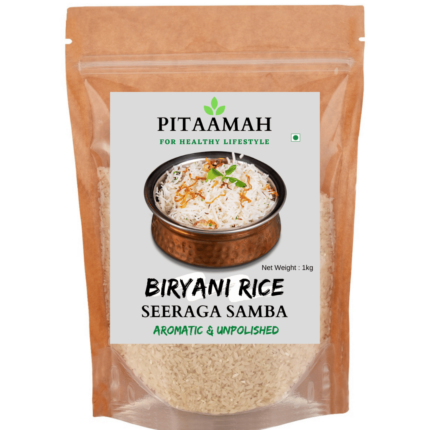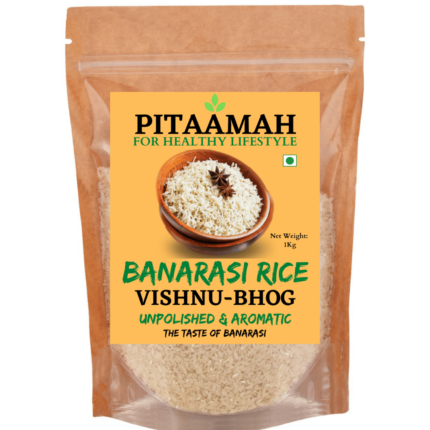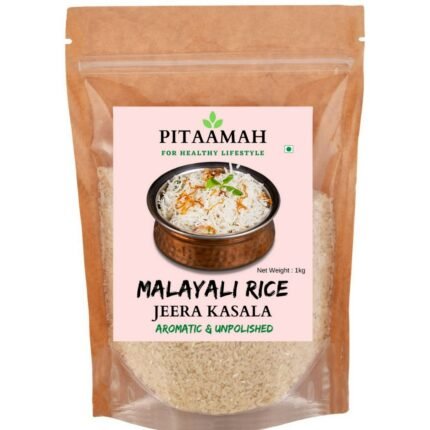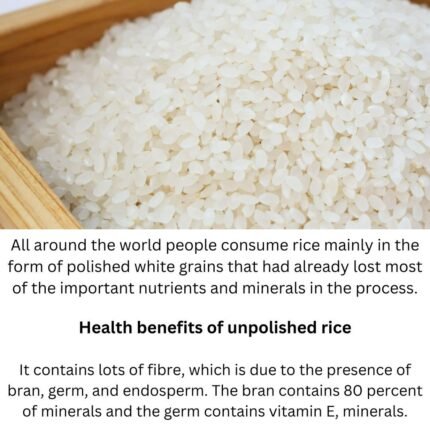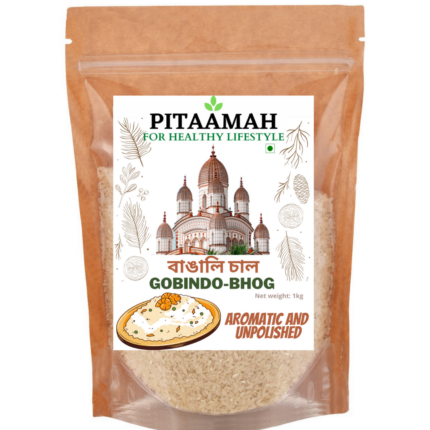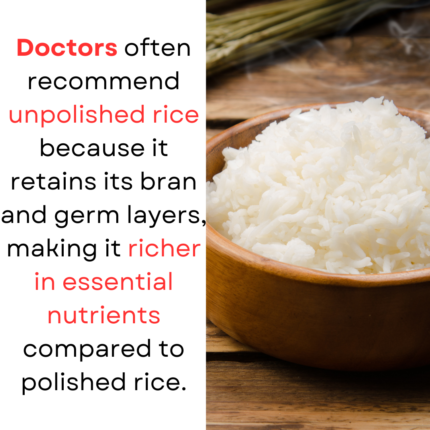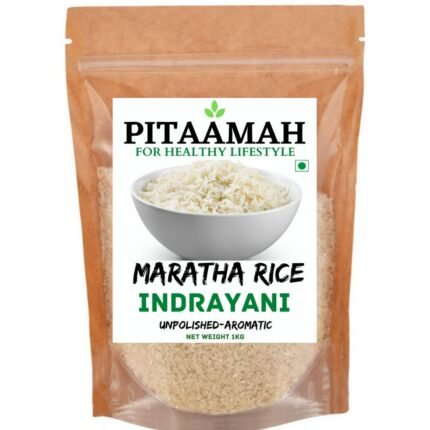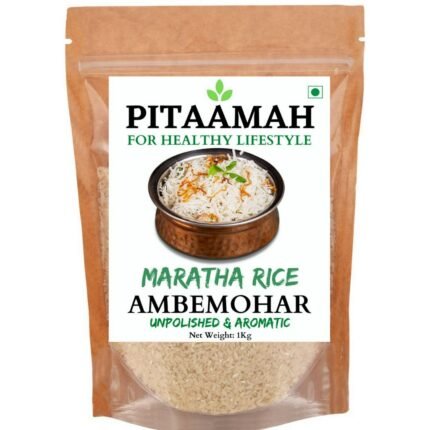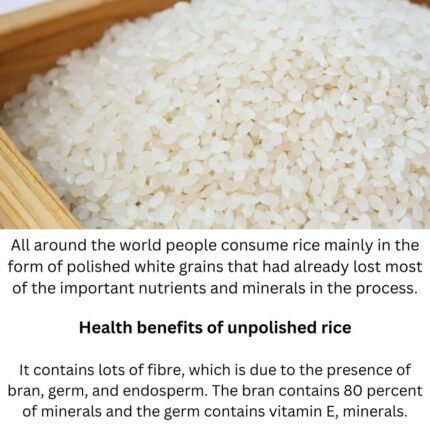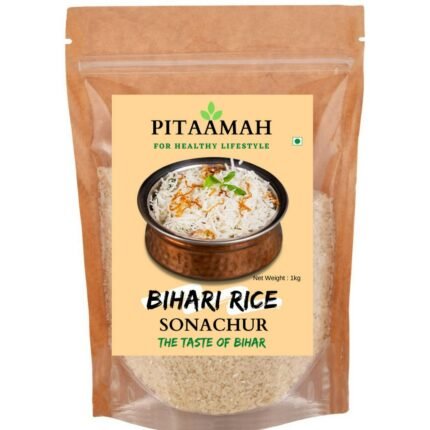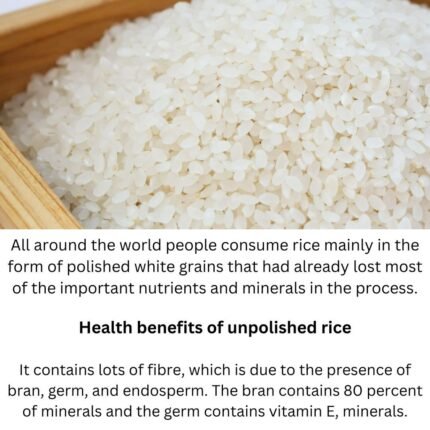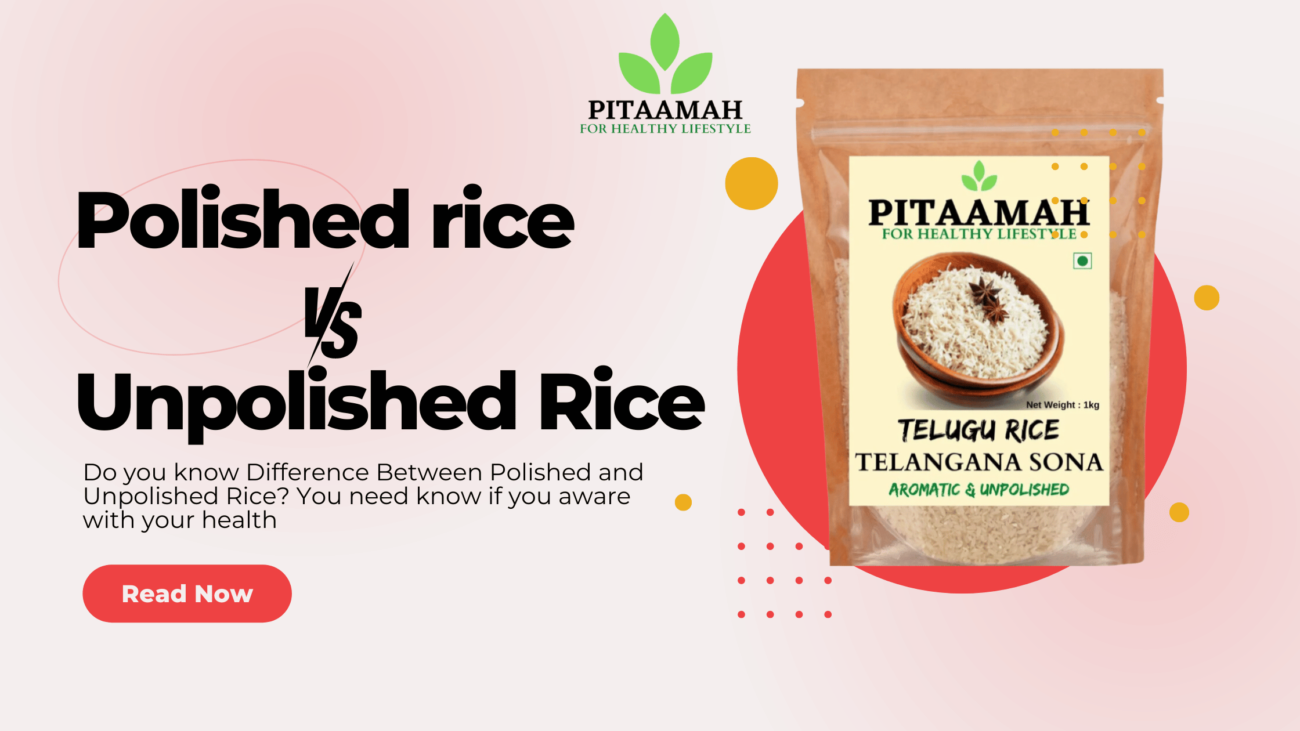
Table of Contents
Difference Between Polished and Unpolished Rice
For more than half of the world’s population, rice is a staple diet. It is nutrient-dense, adaptable, and a staple in many different cuisines. But not all rice is made equally. The distinctions between polished and unpolished rice are substantial and can have an effect on the environment, your health, and your financial situation. To assist you in selecting the right kind of rice for your diet, let’s examine the differences in more detail.
What is polished rice?
Bran, germ, and husk are eliminated during the milling process of polished rice, sometimes referred to as white rice. The rice’s smooth texture and white colour are the results of this technique.
Types of Polished Rice
Short-grain rice: Frequently used in risotto and sushi.
Long-grain rice: Often used in fried rice and pilaf recipes.
Medium-grain rice: Utilised in some risotto preparations and paella.
Usages for Polished Rice in Common
Many cuisines use polished rice as a main ingredient. It is highly valued for its delicate taste and light consistency, which renders it a superb foundation for meals ranging from basic steamed rice to intricate pilafs and stir-fries.
What Is Unpolished Rice?
Brown rice, or unpolished rice, has the bran and germ layers still present. As a result, the grain becomes more nutrient-dense and higher in fibre.
Distinctive Features of Raw Rice
Due to the bran layer, the colour has a brownish colour.
Chewy texture with a hint of nutty flavour.
Rich in nutrients: Has higher levels of antioxidants, minerals, and vitamins.
Different Types of Raw Rice
Brown rice with short grains: Sticky and great for sushi.
Brown rice with longer grains is fluffier and frequently used in salads and pilafs.
Brown rice with medium grains: Adaptable to a variety of recipes.
Common Uses of Unpolished Rice
The health advantages of unpolished rice make it preferred. It’s a popular addition to salads, grain bowls, and hearty side dishes.
Nutritional Differences
The nutritional differences between polished and unpolished rice are significant.
Vitamins and Minerals
B vitamins, phosphorus, and magnesium are among the vitamins and minerals that are more effectively absorbed in unpolished rice.
Fiber Content
Unpolished rice has a far greater fibre content, which promotes healthy weight maintenance and helps with digestion.
Impact on Blood Sugar Levels
Compared to polished rice, unpolished rice has a lower glycemic index (GI), which means that its effect on blood sugar levels is not as strong.
Health Benefits of Unpolished Rice
Rich in Nutrients
Unpolished rice is packed with essential nutrients that support overall health.
Better Digestion
A healthy digestive system is maintained by the greater fibre content.
Lower Glycemic Index
For those with diabetes, this is a superior option because it helps control blood sugar levels.
Health Considerations of Polished Rice
Loss of Nutrients During Polishing
A large amount of the rice’s nutrients are extracted during the milling process.
Higher Glycemic Index
People with diabetes may want to be concerned about the potential blood sugar rises that polished rice might produce.
Potential Health Risks
Eating a lot of polished rice has been associated with a higher risk of developing metabolic syndrome and type 2 diabetes.
Taste and Texture
Taste of Polished Rice
Polished rice complements a broad range of foods with its gentle, somewhat sweet flavour.
Taste of Unpolished Rice
Unpolished rice may improve the flavour of many dishes because of its stronger, nuttier flavour.
Texture Differences
Unpolished rice is chewier and has a more solid mouthfeel than polished rice, which is light and fluffy.
Cooking Methods
Cooking Polished Rice
When cooking, polished rice uses less water and cooks more quickly than unpolished rice. Usually, it takes 15 to 20 minutes to prepare.
Cooking Unpolished Rice
Unpolished rice needs more water and takes longer to cook—usually 40 to 45 minutes. To get the nicest texture, it’s crucial to boil it gradually.
Tips for Perfect Rice
Rinse the rice: Removes excess starch for a fluffier texture.
Use the right water ratio: Generally, 2 cups of water for 1 cup of unpolished rice.
Let it rest: After cooking, let the rice sit for a few minutes to absorb any remaining moisture.
Environmental Impact
Sustainability of Polished Rice
More water and energy are needed in the manufacturing of polished rice, making it a more resource-intensive process.
Sustainability of Unpolished Rice
Because it requires less processing and keeps more of the grain, unpolished rice is said to be more sustainable because it uses less energy.
Cost Comparison
Price of Polished Rice
Polished rice is often less expensive due to its broad availability and reduced production costs.
Price of Unpolished Rice
Unpolished rice is more expensive, reflecting its higher nutritious content and lesser demand.
Value for Money
While unpolished rice is pricier, its health benefits and nutritional density offer better value in the long run.
Cultural Preferences
Polished Rice in Different Cultures
Polished rice is popular in many cultures because of its smooth texture and simplicity of preparation. It is an essential part of Asian and Middle Eastern cuisines.
Unpolished Rice in Different Cultures
Unpolished rice is associated with health-conscious diets and is widely consumed in Western nations. It is also common in various African and South American cuisines.
Consumer Choices
Factors Influencing Choice
Consumers’ choice of polished versus unpolished rice is heavily influenced by taste preferences, health considerations, and cooking habits.
Trends in Rice Consumption
As individuals become more health-conscious and ecologically aware, there is an increasing preference for unpolished rice.
Market Availability
Availability of Polished Rice
Polished rice is widely available in supermarkets and grocery stores around the world.
Availability of Unpolished Rice
Unpolished rice is available at health food stores, organic markets, and, as demand develops, in conventional grocery stores.
Conclusion
Finally, both polished and unpolished rice have advantages and disadvantages. Polished rice is more available and simple to prepare, making it an appealing option for many homes. Unpolished rice, on the other hand, has higher nutritional advantages while also being a more sustainable alternative. The decision between the two is influenced by personal health goals, taste preferences, and environmental factors.

FAQs
Is unpolished rice better than polished rice?
Unpolished rice is often seen as healthier due to its increased vitamin content and lower glycemic index. However, the ideal option relies on your unique dietary requirements and preferences..
Can I substitute unpolished rice for polished rice in recipes?
Yes, unpolished rice may be substituted for polished rice in most recipes, but it requires more cooking time and has a different texture.
How should unpolished rice be stored?
Store unpolished rice in an airtight container in a cold, dry location. The inherent oils in the bran layer reduce its shelf life compared to polished rice.
Does unpolished rice take longer to cook?
Yes, unpolished rice takes almost twice as long to cook as polished rice and requires more water.
What are the environmental benefits of choosing unpolished rice?
Unpolished rice is more ecologically friendly since it requires less processing, saving resources and reducing waste.
Pitaamah Kala Namak Rice | healthy & Low GI Rice | GI Tag | Buddha Rice
Benefits of Kala Namak Rice:
- Rich in Antioxidants: Contains high levels of antioxidants, which promote overall health and protect against oxidative stress.
- Good Source of Iron and Zinc: Supports immune function and helps prevent anemia.
- High Nutritional Value: Packed with essential nutrients and vitamins, making it a healthier option than regular white rice.
- Easily Digestible: Light on the stomach and easy to digest, making it ideal for everyday consumption.
- Unique Aroma and Flavor: Its distinctive aroma enhances the taste of traditional dishes like pulao, biryani, and festive rice preparations.
Characteristics of Kala Namak Rice
-
Color: Black husk with white grain inside.
-
Aroma: Naturally aromatic, stronger than Basmati.
-
Taste: Mildly sweet with a nutty flavor.
-
Length: Medium-grain rice (not as long as basmati).
-
Cultivation: Traditionally grown in the Gangetic plains with organic practices.
Health Benefits of Kala Namak Rice
-
Rich in Iron & Zinc – Helps improve hemoglobin levels.
-
High Antioxidant Content – Strengthens immunity.
-
Low Glycemic Index – Suitable for diabetics.
-
Easily Digestible – Good for children and elderly.
-
Gluten-Free – Ideal for people with gluten intolerance.
Culinary Uses of Kala Namak Rice
-
Steamed Rice – Its aroma enhances daily meals.
-
Pulao & Biryani – Provides a unique taste compared to basmati.
-
Kheer (Rice Pudding) – Popular in traditional households.
-
Buddha Rice Recipes – Used in wellness and organic diets worldwide.
-
Why Kala Namak Rice is Special?
-
-
How to cook Kala Namak Rice | Pitaamah Unique & Healthy Rice #ricerecipe #indianrice #indiancooking
-
GI Tag (Geographical Indication): Kala Namak rice has been awarded the GI tag, making it an exclusive heritage rice of Uttar Pradesh.
-
Global Recognition: It is often called “Buddha Rice” internationally.
-
Sustainable Farming: Traditionally grown without harmful chemicals.
How to Cook Kala Namak Rice (Quick Method)
-
Wash the rice 2-3 times.
-
Soak for 20 minutes.
-
Cook with 1:2 water ratio.
-
Allow it to rest for 5 minutes after cooking.
Kala Namak Rice – The Aromatic Heritage Grain of India
Kala Namak Rice (also known as Buddha Rice) is one of India’s oldest and rarest varieties of rice, grown mainly in the Terai region of Uttar Pradesh (Siddharthnagar, Basti, Gorakhpur, Sant Kabir Nagar, etc.). This traditional rice is famous for its unique aroma, black husk, rich nutritional value, and historical significance.
Origin & History of Kala Namak Rice
-
Believed to be over 2,500 years old, Kala Namak rice has a strong cultural connection with Lord Buddha.
-
Historical texts mention that Lord Buddha gifted this rice to his followers as a symbol of peace and health.
-
The name “Kala Namak” comes from its black husk (kala = black) and its mild salty taste (namak = salt).
-
-

